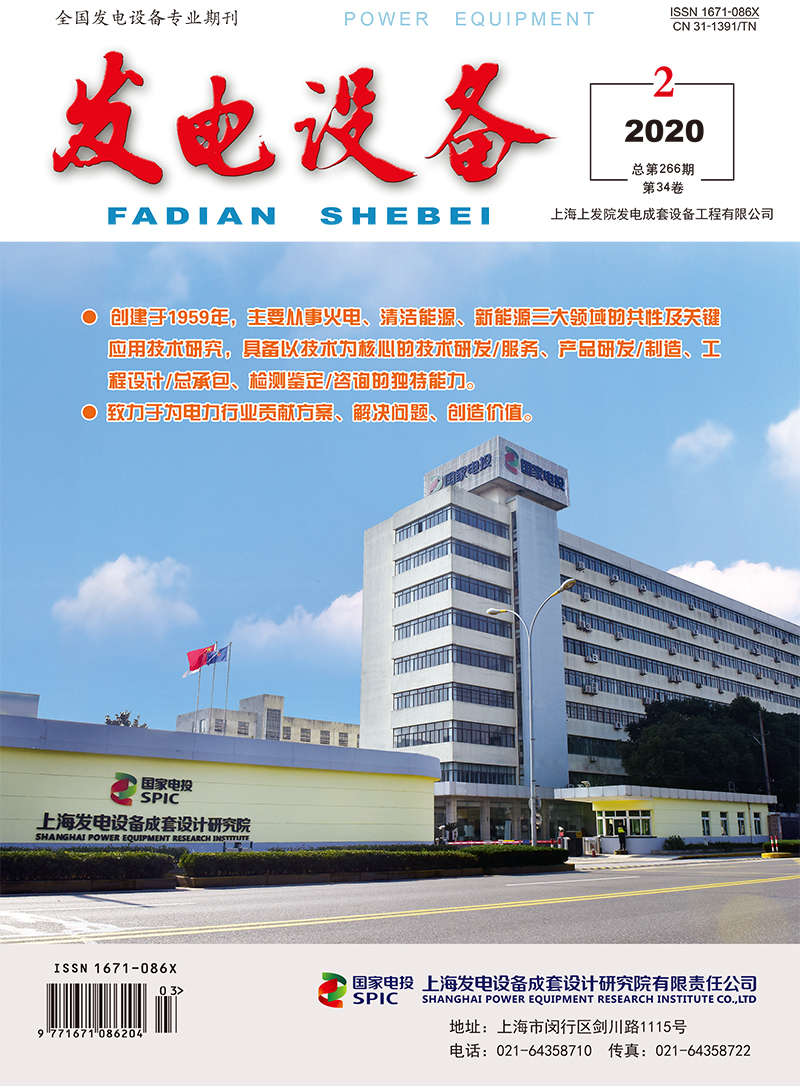Material Technology
Tian Wentao, Yang Fan, Zhang Chonghui, Zhang Xixin, Dong Ting
To improve the power output and to elongate the stable running time of nano-composite electrolyte materials, SDC (Ce0.8Sm0.2O1.9) and 1.2 times excess sodium carbonate NSDC (SDC-Na2CO3) composite were prepared by carbonate co-precipitation method, for which, comparative analysis was conducted. Results show that the open circuit voltage of a pure NSDC electrolyte battery may reach 0.87 V, with a maximum instantaneous power density up to 450 mW/cm2, and a higher performance than that of a pure SDC battery at same temperatures. After being mixed with a certain proportion of LCNC (Li1.2Co0.2Ni1.5Cu0.1O3), the stable working time of NSDC electrolyte battery can reach 9 h, which is able to quickly enter a stable working state, when the voltage is not improved significantly.
